
We all have cherished memories of the books we read and shared as children. Big friendly giants, honey-loving bears, hungry caterpillars, iron men: these figures populate the vivid imaginary landscapes of our childhoods. Everybody will remember the book that made them laugh and cry, the one that they turn to again and again. Like totems, we pass them on to our own children, each book a spell in itself.
But there isn’t room in this list for everything. I’m sure that every single reader will gasp at omissions and query the order. There are many personal favourites that I’ve left out, and many more 20th- and 21st-century writers whom I would have liked to include.
This isn’t intended as a definitive ranking; but as an overview, and a guide. You’ll recognise many; a few perhaps will be not so well known, but deserve more attention. I’ve considered influence as well as originality; but crucially, all of the books here have stood the tests of time, taste and, most importantly, readers. Each one, whenever it was published, can be read and enjoyed by a child today as much as it was by the children of the past.
I hope too that this will encourage many adult readers to turn back to their childhood shelves, take up that long-forgotten gem, and find wonder and magic once more.
So – are you sitting comfortably? Then let us begin.
1. The Alice books by Lewis Carroll (19th century)
Alice’s Adventures in Wonderland, and Through the Looking Glass, and what Alice Found There, are an extraordinary brace of books, written by the mathematician Charles Dodgson, under his pseudonym Lewis Carroll. He employed logic, humour and inventive fantasy, fashioning the most powerful and unusual works in children’s literature. Some have tried to work out why a raven is like a writing desk. But most will be content to be drawn away into enchantment.
2. Kinder- und Hausmarchen (‘Nursery and Household Tales’) by The Brothers Grimm (19th century)
Exceptionally influential, this collection of more than 200 tales underwent many editions in the Grimms’ lifetime. Though the seamier elements were altered for a prudish bourgeois audience, the fairy tales retain a depth that resonates with children and adults alike. We all know The Frog Prince and Hansel and Gretel; but have you read Hans my Hedgehog, about a half-boy, half-hedgehog?
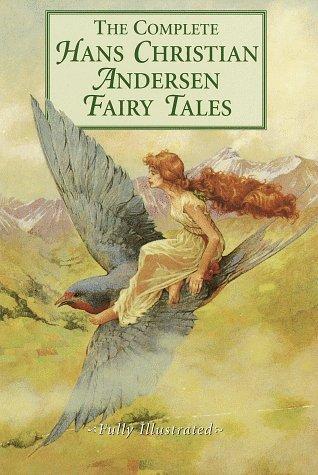
3. Fairy Tales by Hans Christian Andersen (19th century)
A strange and shy man, Hans Christian Andersen produced some of the most beautiful and reverberant literary fairy tales in the world, about loss, love and longing. Gerda’s search for her brother Kay in The Snow Queen; the little mermaid’s mute passion for her prince; gorgeously written, the stories offer solace and enchantment.
4. The One Thousand and One Nights by Anon. (Folk tales)
This scintillating series, which Scheherazade spins to her royal husband every night so that he spares her life to hear their conclusion, first came to Europe in 1704 in a French text that also contained Aladdin, Ali Baba and Sinbad the Sailor. Elemental, opulent and wondrous, the stories are full of passion and revenges, and remain enormously influential.
5. Peter and Wendy by J M Barrie (1911)
Some would argue that this novelised form of the play Peter Pan is not a children’s book, being instead complicit with an ironic, adult viewpoint. However, this, and all its variants, are enjoyed immensely by children. There is the theme-park world of Neverland: the sense of unbounded imagination, and the dizzying allure of flight and magic.
6. The Pilgrim's Progress from This World, to That Which Is to Come by John Bunyan (1678)
One of the first books enthusiastically taken up by children, this is now largely neglected, even by adults and scholars. Unjustly so, as its allegorical power and beauty are unsurpassed. Its humour and colloquial nature mean it is still accessible. From the Slough of Despond to the Celestial City, it brims with memorable places and people.
7. The Narnia series by CS Lewis (mid-20th century)
The best children’s books have a way of altering the universe around them. Everyone can remember their first encounter with Narnia and then trying to get through the back of the wardrobe afterwards into the enticing other world. Lewis’s stroke of genius, of course, was making the animals talk; the knightly adventures of the children are gripping.
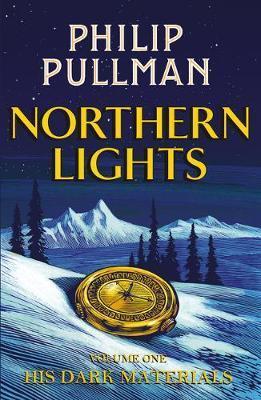
8. Northern Lights by Philip Pullman (1995)
Philip Pullman’s daemons, in his lavishly-imagined alternative world run by a sinister religious organisation, are among the most enduring creations of children’s literature. His themes are cosmic and vast, with a dizzying sense of possibility. His story is spellbinding, and, in Lyra Belacqua, he made a heroine at once appealing, spiky and enduring.
9. The Hobbit by JRR Tolkien (1937)
In The Hobbit, an odder book than it at first appears, the tiny hairy-footed Bilbo Baggins goes on a journey with some dwarves, and is actually rewarded for being a thief. The charm of the hobbits’ world is matched by the excitement of the adventures Bilbo finds himself entangled in and many readers will be led on to its vast sequel, The Lord of the Rings.
10. The Wind in the Willows by Kenneth Grahame (1908)
There is some debate as to whether The Wind in the Willows is a children’s book, or whether it’s really a book to lift up the spirits of down-trodden city clerks. Either way, the gentle adventures of Mole and Ratty, and Toad’s ridiculous shenanigans, express a lyrical love of the pleasures of rural life.
11. The Once and Future King by TH White (1958)
Captivating, wise, witty, this collection of three earlier books treats the Matter of Britain. TH White’s masterstroke was to imagine the young king Arthur as Wart, an ordinary boy thrust into extraordinary situations, and his Merlin as a kindly, forgetful old man (viz. Dumbledore). Neglected in recent years, White deserves a place in the limelight once more.
12. Five Children and It by E Nesbit (1902)
A representative from the first Golden Age of children’s fiction in the early 20th century. Nesbit’s grumpy, vain wish-granting Psammead (or “sand fairy”), an immortal who used to eat pterodactyl for breakfast, offers adventure in a world without oppressive evil. The brothers and sisters find that magic doesn’t always offer a solution.
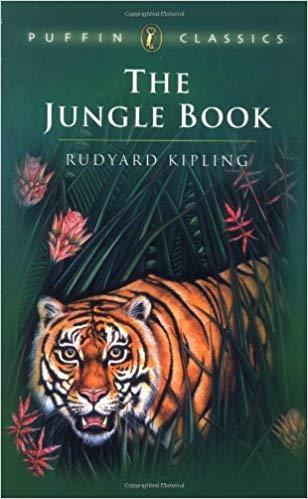
13. The Jungle Book by Rudyard Kipling (1894)
Raised by wolves, Mowgli must face the terrible tiger Shere Khan, with the help of Baloo, a “sleepy brown bear”, and Bagheera, a panther. Full of invention and adventure, the stories were an immediate hit, the behaviour of the animals believable and, paradoxically, human. Their wildness and subtleties have become thoroughly imbued into the popular imagination.
14. Matilda by Roald Dahl (1988)
I’m willing to bet that after reading this, many children stared at pencils, hoping they might be able to move them with their mind alone. Dahl’s exuberant imagination is on full display in this emotionally weighty story about a little girl’s fight for love and escape. Miss Trunchbull, the vicious headmistress, is one of literature’s great villains.
15. Where the Wild Things Are by Maurice Sendak (1963)
A picture book that reveals more about itself each time it’s read. Note how the pictures expand as Max’s imaginative world grows; how the text, poetic and spare, interacts with the visuals; how Max, through his journey into the interior of his self, meets and conquers his anger at his mother. The drawings are lovely, too.
16. The Story of Ferdinand by Munro Leaf (1936)
What at first seems to be a delightful story about a little bull who hates fighting becomes a potent fable about what’s expected of boys. Rejecting masculine violence, Ferdinand prefers just to sit under a cork tree. The illustrations of Spanish matadors, picadors and their arenas are astoundingly evocative.
17. The Wolves of Willoughby Chase by Joan Aiken (1962)
This has all the hallmarks of classic children’s literature: missing parents, a usurping adult, terrible injustices and the romance of winter and wolves. Set in an alternative historical era, where James III rules, little Bonnie’s fortune is snatched by a sinister governess. Children will cheer when she gets her comeuppance.
18. The Wizard of Earthsea by Ursula Le Guin (1968)
The recent death of Ursula Le Guin, aged 88, has brought renewed attention to her works. Ged, a dark-skinned boy from the goat herding island of Gont, demonstrates exceptional powers and is sent to learn how to be a wizard. His resulting quest is epic, with a depth and strangeness that lasts.
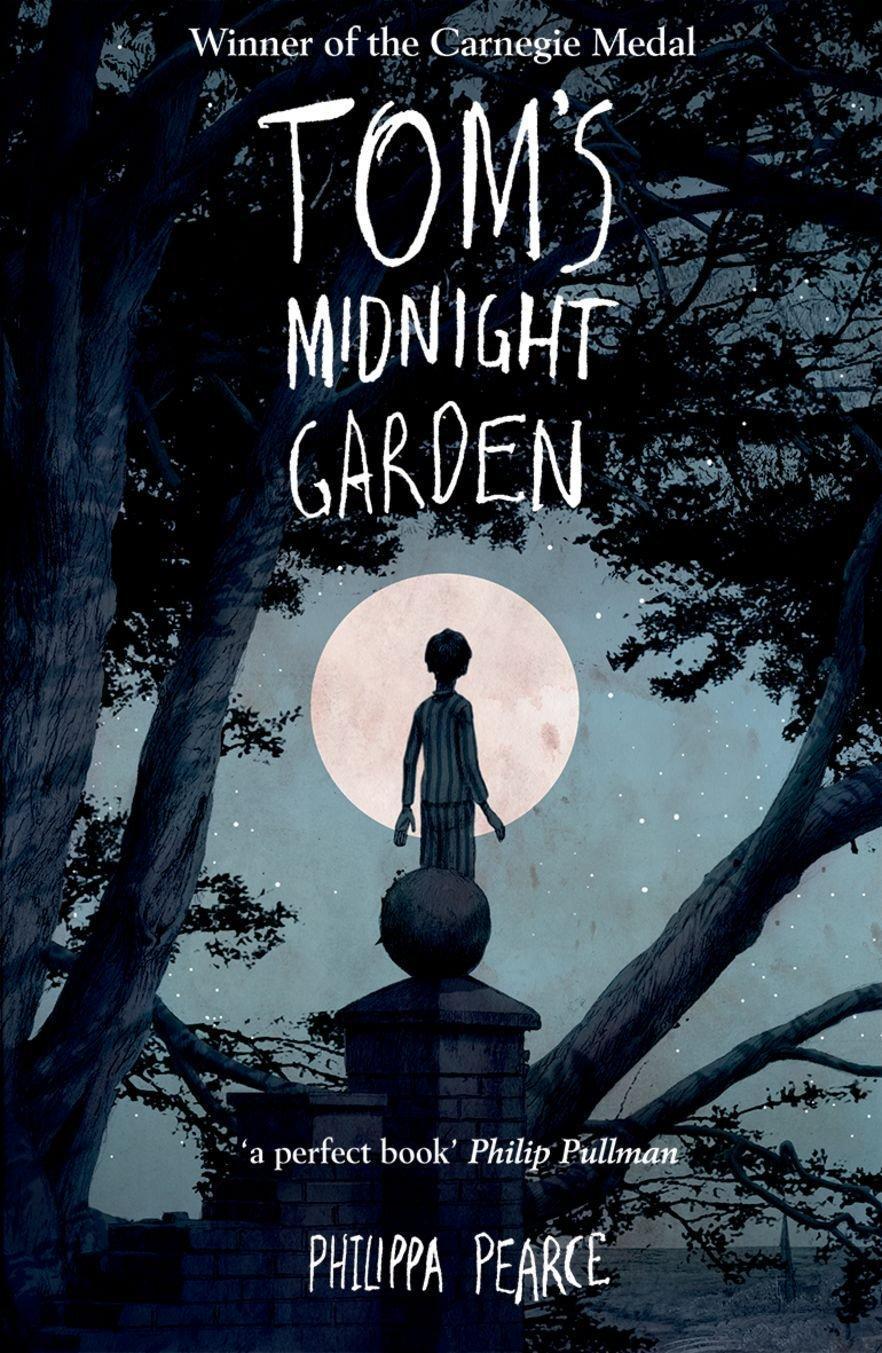
19. Tom’s Midnight Garden by Philippa Pearce (1958)
Considered by many to be one of children’s literature’s most outstanding examples. Tom is packed away to stay with his aunt and uncle: but when the clock strikes thirteen, he finds a gorgeous garden, and in it a little girl called Hatty who seems to come from a different time. Emotionally rich, it will leave a lasting impression on any child.
20. The Ghost of Thomas Kempe by Penelope Lively (1973)
Penelope Lively once said that “children need to sense that we live in a permanent world that reaches away behind and ahead of us”. Her writing encompasses a huge range, and this, her Carnegie-winning novel about a house beset by the spirit of a sorceror, is eerie, effective and involving.
21. The Harry Potter series by JK Rowling (late 20th century)
First published more than 20 years ago, Harry Potter and the Philosopher’s Stone blazed into the world’s consciousness like a bolt of lightning. Moving from the initial wonder and quirky charm of the first three books, the series took on a darker tone, resulting in an enthralling septet and a cultural phenomenon.
22. The Scarecrows by Robert Westall (1981)
I’ve chosen The Scarecrows over The Machine Gunners, which is perhaps Westall’s better known book, as I think this has a quality of terror and an understanding of adolescence that is matchless. It focuses on a boy’s tortured relationship with his stepfather and the encroachment of a murder that happened many years before. Unforgettably spine-tingling, and profoundly affecting.

23. Artemis Fowl by Eoin Colfer (2001)
A wondrously clever book that upturns children’s literature convention. Its hero, Artemis Fowl, is a 12-year-old boy who also happens to be a criminal mastermind. Containing such characters as a kleptomaniac, flatulent dwarf, and a centaur called Foaly who’s also a technical whizz, this is a hilarious delight.
24. Down with Skool! A Guide to School Life for Tiny Pupils and their Parents by Geoffrey Willans and Ronald Searle (1953)
As any fule know, reading Molesworth is like being a member of a secret skool gang. Complemented by Ronald Searle’s satirical drawings of depressed, deluded schoolmasters and grubby, disobedient schoolboys, all the world’s vanity and hypocrisy is on display through Molesworth’s cynical, instantly likeable and badly spelled voice. A grate writer, indeed.
25. The Mouse and His Child by Russell Hoban (1967)
A bittersweet and unusual tale, in which a clockwork mouse and his child are thrown out of a toy shop, and then must embark on a journey to find safety. Unlike the film Toy Story, in which the toys are complicit in their servitude, this allows discarded toys to find a world of their own, constructed according to their own terms. Full of striking imagery and exciting scenes.
26. Noughts and Crosses by Malorie Blackman (2001)
Former Children’s Laureate Malorie Blackman’s novel described a world in which black Africans had enslaved white Europeans. Whites, or noughts, were economically impoverished, while the blacks, or crosses, were in power. An inter-racial love affair between two teens brings first passion and then tragedy. Powerful, provocative and original.
27. The Lie Tree by Frances Hardinge (2015)
The recent winner of the overall Costa Book Awards is a remarkable novel from a remarkable writer. Hardinge is a true original, her sentences poised and poetic, her alternative 19th-century world fully imagined, and her intelligent, enquiring female lead not simply a good role model but also a fine addition to literature.
28. How to Train Your Dragon by Cressida Cowell (2003)
Quite simply, Cressida Cowell has an exceptional ability to give children what they like. Hiccup Horrendous Haddock III is a Viking who doesn’t fit in: gawky and geeky, his adventures with his hunting-dragon Toothless are madcap and marvellous. Give it to a child and see them become engrossed immediately.
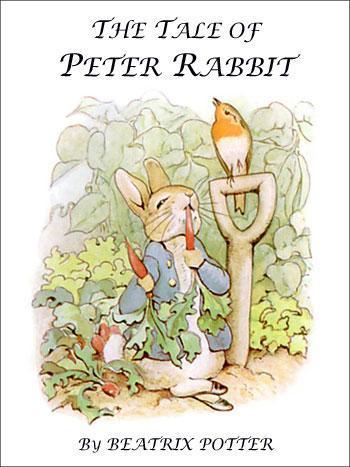
29. The Tale of Peter Rabbit by Beatrix Potter (1902)
Even Potter knew she was writing nostalgically about an imagined past, but who could not fail to love this slyly observed tale of a naughty rabbit? Potter’s arch, almost Austen-esque prose interacts seamlessly with her keenly observed studies of flora and fauna. Avoid the new film and stick to the original.
30. Tom Brown’s Schooldays by Thomas Hughes (1857)
This moving, charming and poignant tale of boarding school life is included partly for its own merits, but also as it was the first in the school story genre that spawned so many thousands of books, through Enid Blyton right up to JK Rowling. And, of course, the bully Flashman, without whom we wouldn’t have George MacDonald Fraser’s hilarious series detailing his further adventures.
Philip Womack is the author of six critically acclaimed books for children, including The Liberators (2010), The Broken King (2014), and The Double Axe (2016). He teaches children’s literature, and children’s and young adult fiction at Royal Holloway, University of London, and is crowdfunding a novel on Unbound, The Arrow of Apollo, set in a legendary mythical past







